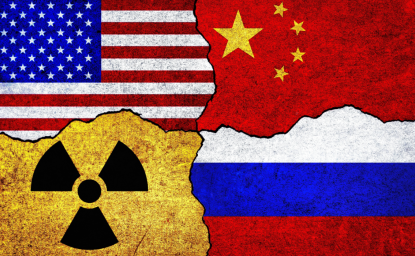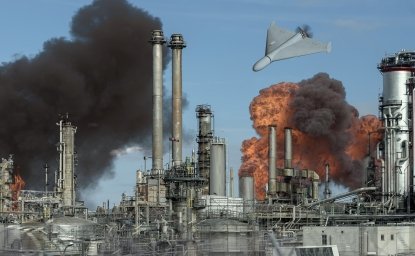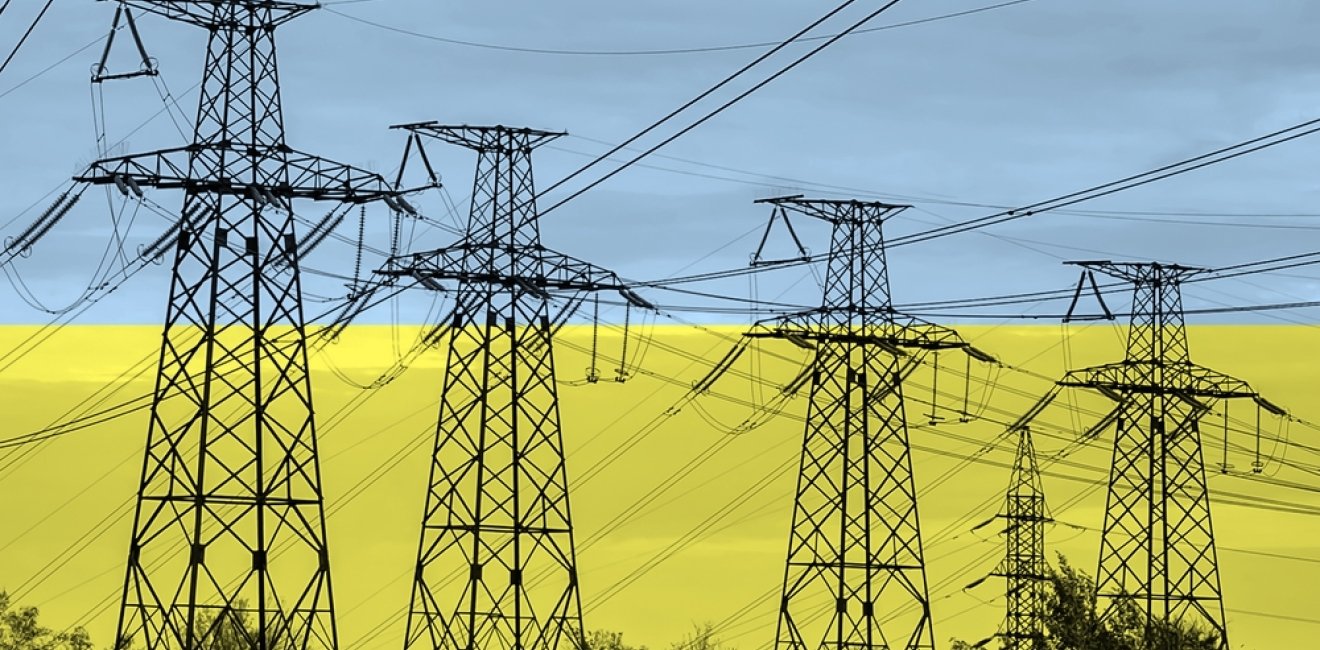For the Ukrainian electrical grid, the winter has already begun. Preparations for the 2024-2025 heating season started as early as April and proceeded amid relentless terrorist attacks on Ukraine's energy infrastructure by Russia. Since the beginning of 2024, over 400 missiles and drones have targeted power generation plants and high-voltage transmission networks. Several concentrated waves of attacks hit civilian energy infrastructure in March, April, and again in August. As a result, Ukraine faces a severe reduction in generating capacity: instead of the 18 GW needed to meet consumption on freezing winter days (-10°C/14°F), only 12-13 GW will be available at best. Even with an additional 1.7 GW of potential imports from Europe, the shortfall remains significant. With temperatures at -10°C, the country could face blackouts lasting up to 10-12 hours daily this winter, and this estimate doesn't even account for new attacks, which pose enormous additional risks.
The last major attack on August 26 saw Ukraine’s energy infrastructure hit by 127 missiles and 109 Shahed drones. While the physical defense of high-voltage substations proved effective and repairs to high-voltage networks were quickly executed with reserve equipment, significant risks remain. The high-voltage open switch yards at nuclear power plants that offload electricity into the grid are particularly vulnerable. Neither Ukraine’s Ministry of Energy nor Energoatom, which operates the nuclear plants, have adequately addressed the protection of these critical points. Any attack on these substations could be devastating, as nuclear plants now provide up to 70% of Ukraine’s electricity generation. If these substations are hit, the consequences for the grid could be severe.
Despite these threats, there are reasons for optimism that an apocalyptic scenario will be avoided. Ukraine’s cities have been preparing backup power systems for critical infrastructure, ensuring that heating, water supply, and sanitation will be sustained even during large-scale outages. Cities like Kyiv, Odesa, Kharkiv, and Zhytomyr have been working on these measures since the spring. Hospitals are similarly securing backup power sources, including generators and solar battery systems.
Ensuring schools can operate during power outages remains a major challenge, however. Schools need solar panels and battery systems to provide electricity during school hours, particularly because online education becomes impossible without power. Since Ukraine unfortunately lacks the resources to implement these solutions, the hope is for international donors and private businesses to step in, more so that these solutions, scaled, could generate revenue in the energy market.
Ukraine’s cities have been preparing backup power systems for critical infrastructure, ensuring that heating, water supply, and sanitation will be sustained even during large-scale outages.
Looking ahead, it’s important to start preparing for the summer and winter of next year. The power shortages that occurred this July and early August have demonstrated that peak summer demand can be just as challenging for the energy system as the winter months. In July 2024, power outages in Kyiv lasted for up to 16 hours.
The top priority for Ukraine and its international partners must be to strengthen air defense systems and build physical protection at key nodes in the energy system. Equally important is creating conditions for domestic and international private investment in Ukraine’s energy sector. Without this, rebuilding Ukraine’s generating capacity will be impossible, and Ukrainians could face even more severe power shortages in the winter of 2025-2026.
The Ukrainian government must address the liquidity problems in the energy market. With sufficient financial stability, expecting private investors to participate is realistic. However, the energy market still needs many reforms to fix problems with debt and a lack of financing in many parts of it.
An even more urgent challenge to the Government of Ukraine is the solvency of Ukrenergo, Ukraine’s national grid operator. Ukraine’s Cabinet of Ministers managed to negotiate a restructuring of the country’s debt, delaying the payouts on sovereign bonds. This indirectly impacts state-owned companies, which are unable to pay on their bonds, as it would mean privileging creditors of the state-owned companies over the holders of sovereign debt. As things currently stand, Ukrenergo faces a technical default, since the company will not be able to make the next payment planned for early November 2024.
The top priority for Ukraine and its international partners must be to strengthen air defense systems and build physical protection at key nodes in the energy system.
A plan to mitigate this risk exists. According to this plan, Ukrenergo would receive additional funds from international partners to purchase back its currency bonds from the market. Due to the significant drop in bond prices during the war, the total cost of the buyback would range between 400 and 500 million Euros, compared to the 825 million Euros raised at the time of issuance.
However, the recent dismissal of Ukrenergo’s CEO Volodymyr Kudrytskyi at the behest of the Ministry of Energy and the subsequent resignation of two members of the company’s Supervisory Board, who cited political pressure, have rendered this plan unworkable. Consequently, Ukrenergo likely faces technical default in early November and the much-needed additional investments in the Ukrainian energy sector become that much harder to attract. This impasse will likely persist until the Ukrainian government addresses corporate governance issues within Ukrenergo, the company that received over 1.5 out of 2 billion USD in technical assistance granted to Ukraine’s energy sector by international partners during the war.
Winter 2025-2026 is close, and the time to fund projects that will improve conditions by then is now. If action is not taken, the coming winter may seem mild compared to what lies ahead.
Author


Global Europe Program
The Global Europe Program is focused on Europe’s capabilities, and how it engages on critical global issues. We investigate European approaches to critical global issues. We examine Europe’s relations with Russia and Eurasia, China and the Indo-Pacific, the Middle East and Africa. Our initiatives include “Ukraine in Europe”—an examination of what it will take to make Ukraine’s European future a reality. But we also examine the role of NATO, the European Union and the OSCE, Europe’s energy security, transatlantic trade disputes, and challenges to democracy. The Global Europe Program’s staff, scholars-in-residence, and Global Fellows participate in seminars, policy study groups, and international conferences to provide analytical recommendations to policy makers and the media. Read more

Explore More
Browse Insights & Analysis
US Inaction Is Ceding the Global Nuclear Market to China and Russia

Mapping Undersea Infrastructure Attacks in the Baltic Sea




